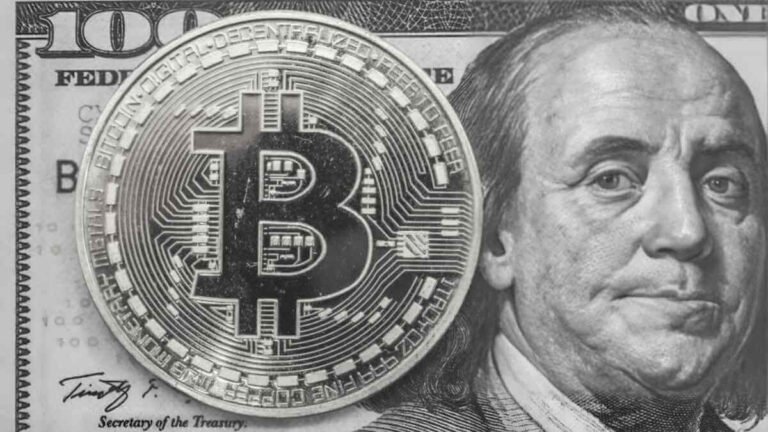Despite global regulatory convergence and approvals for exchange-traded funds (ETFs) for Bitcoin and Ethereum, neither of these seem to be sustaining increases following the initial announcements that might be expected. Frustration and disappointment are evident in the Crypto Twitter (or should I say X) community and among digitally active individuals regarding this issue. And I am often asked about the lack of a more pronounced reaction to this market news.
I’ve been pondering this question: why aren’t crypto prices surging? The truth is, I don’t really know, but that’s never stopped me from sharing my opinion.
To start with, your expectations might just be too high. While collectively Bitcoin and Ethereum have both performed well in comparison to the S&P 500 and gold over the last two years, they no longer exhibit the rollercoaster changes we used to enjoy, and for good reason. As cryptocurrencies transition from being niche interests dominated by active traders to large-scale investments that are widely held, they will begin to resemble most other investments: boring.
Burton Malkiel, the author of “A Random Walk Down Wall Street,” long ago pointed out that the best way to predict the price of a stock tomorrow is to assume it will roughly be the same as it is today, plus or minus some random changes. Cryptocurrencies and digital assets are just beginning to resemble regular assets.
Secondly, it’s essential to distinguish between Bitcoin and Ethereum, because, I think, they are behaving similarly but for different reasons. Bitcoin is digital gold, and people typically buy it as a hedge against geopolitical risk and inflation. However, because gold, similar to Bitcoin, lacks any associated cash flow, it’s hard to perform a “valuation” on the asset and determine what might be a sensible price. I see predictions for the value of Bitcoin (and gold) all the time, and I have a hard time following the logic in these.
Ethereum’s performance is easier to understand, because you can think about it as a global computing platform that generates transaction fees. Indeed, people have begun creating “annual reports” for the network that examines “profit” and “loss.” Since the Ethereum Foundation is a non-profit and the network itself is decentralized, these concepts are notional, but they can be used as a good measure of potential staking rewards and the overall health of the network.
Ethereum, however, may be becoming less “profitable” as a function of its own success. Fees on the network come from the cost of transactions. In the original version of Ethereum, the network had a capacity of around one million transactions a day. Transaction costs tended to skyrocket when demand exceeded capacity. Since the “merge,” however, Ethereum has enabled a series of interconnected networks that make dramatically more efficient use of blockchain bandwidth. The result is that the combined network of Ethereum (Layer 1) and the adjacent networks (Layer 2) can now handle hundreds of millions of transactions a day. Transaction fees have, predictably, plummeted.
If anything, the price stability of Ethereum reflects a balance between declining transaction fees with the future-looking expectation that the network is performing well. Overall, transaction volumes are rising, which bodes well for future demand.
Lastly, changes in investment patterns are part of a long game, not a short one. In the 1950s, having any stock in your retirement portfolio was considered unreasonably risky. It took about 40 years for investors to shift their whole approach to a time-based risk model, where you held stocks early and bonds later. Crypto and digital assets are becoming mainstream but that’s a 40-year play as well, not a six-month one.
In conclusion, crypto is slowly transitioning from a brash newcomer to mainstream value proposition. Growth and adoption are still likely to be much higher than that of stocks or bonds but no longer astronomical. I personally expect the market to grow by about 20%-25% a year for the next decade or so.
This expectation is based on adoption rates for the internet and phenomena such as e-commerce. Even when adoption is significant, it doesn’t mean that prices will always follow, and Ethereum is a great example. Its growth in network capacity is far from over.
The rollercoaster for crypto might be coming to a halt – but the industry ride is just getting started.
Read Also: “Shark Tank of Crypto” Reality Show Wraps Up Season 1, Secures Over $35M in Committed Investments



